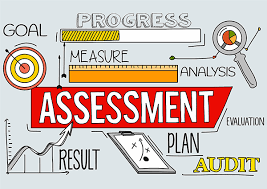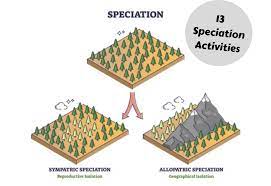Tracking student progress throughout the academic year is vital for understanding their growth, identifying areas that need improvement, and tailoring instruction to meet individual needs. Here are six smart ways to efficiently track student progress:
1. Digital Portfolios: Digital portfolios allow students to showcase their work and reflect on their learning over time. Through a variety of multimedia resources, students can demonstrate their progress in a format that is easily accessible and reviewable by both teachers and parents.
2. Formative Assessments: Regular formative assessments provide snapshots of student understanding, giving educators insights into where students are in their learning process. These can be quizzes, polls, exit tickets, or even games that make the process enjoyable while providing valuable data.
3. Learning Management Systems (LMS): Many schools now use LMS platforms like Canvas or Google Classroom, which can track student submissions, grades, and participation over time. These systems often include analytic tools to help educators monitor progress at a glance.
4. Regular Conferences: Having scheduled conferences with students provides an opportunity for personal feedback where teachers can discuss progress and set goals directly with students. These one-on-one sessions allow for a more nuanced understanding of a student’s development.
5. Parent-Teacher Communication Tools: Applications like Remind or ClassDojo facilitate communication between teachers and parents about student’s performance and activities in the classroom. They often include features for sharing grades and reports which keep parents informed about their child’s progress.
6. Self-Assessment & Goal Setting: Encouraging students to reflect on their own work and set personal goals can be highly effective for tracking progress. Self-assessment tools help students take ownership of their learning journey and understand their growth over time.
Bringing these tools together can create a comprehensive tracking system that is not only efficient but also deeply informative, helping to foster an environment that supports continuous learning and improvement.








